For fans of StarCraft 2, no regional tournament is more exciting to watch than the Korean GSL. It was quickly established as the premier tournament in the game’s early years, and became a cornerstone during the game’s restructuring into WCS, the Blizzard-run global tournament series.
However, a recent streaming policy change by the organizers at GSL, Gom eXP (formerly known as GomTV), has some fans shaking their fists in frustration. With the 2015 season starting up this week, many tuned in to watch the first and second weeks of play. Last night, non-subscribers on Twitch were met with streams that looked like this:
That’s right: unless you pay $14 per season, you can only watch the games on Twitch’s “Low” quality, equivalent to 240p, and down from the “Medium” (or 360p) that GSL offered last year. As above, there are many key bits of information that are now impossible to tell from the stream, such as resources available to players and the size of their army supplies. Threads quickly popped up on TeamLiquid and Reddit, where fans complained about the sudden drop in quality.
Some argued that the change was justified, and that Gom eXP has a right to charge what it wants for access to a better picture. Others pointed to the new broadcasting standard laid out by Blizzard, and that they should at least provide a stream in 480p. Some community figures even weighed in.
Before I came to Korea, when I was a poor student, I paid for GSL subs. Support the things you love. Give back. We’re talking <$15.
— Wolf Schröder (@proxywolf) January 14, 2015
The discussion gets a bit muddled, however, when comparing the StarCraft scene to other esports. GSL streaming policies stand in stark contrast to Dota 2 and League of Legends tournaments that often offer HD quality broadcasts for free, along with offering open access to video replays, while Gom eXP has completely blocked off access for non-subscribers.
While esports viewership is skyrocketing, policies that prevent casual fans from accessing content seems like a step backwards. It stands to reason that while this change might cause some fans to finally subscribe to GSL, it might just drive others away from the tournament altogether.




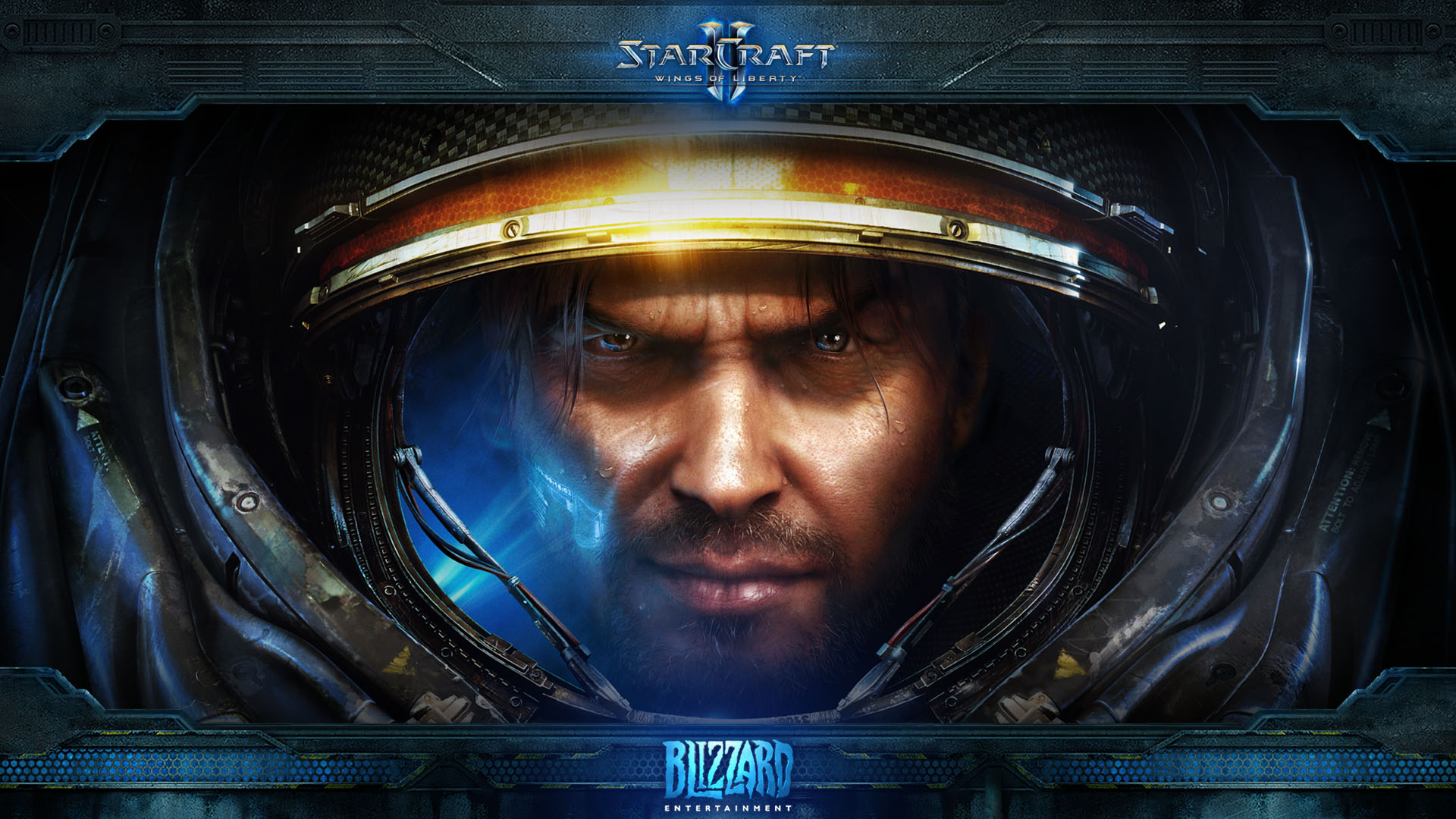

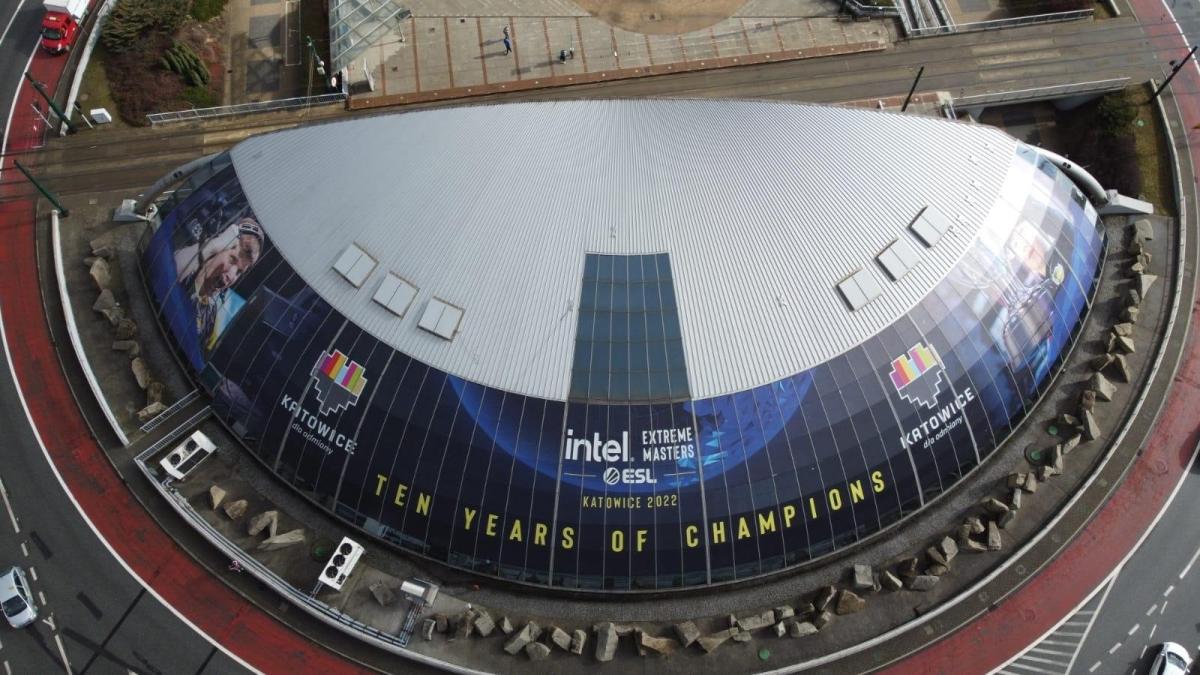
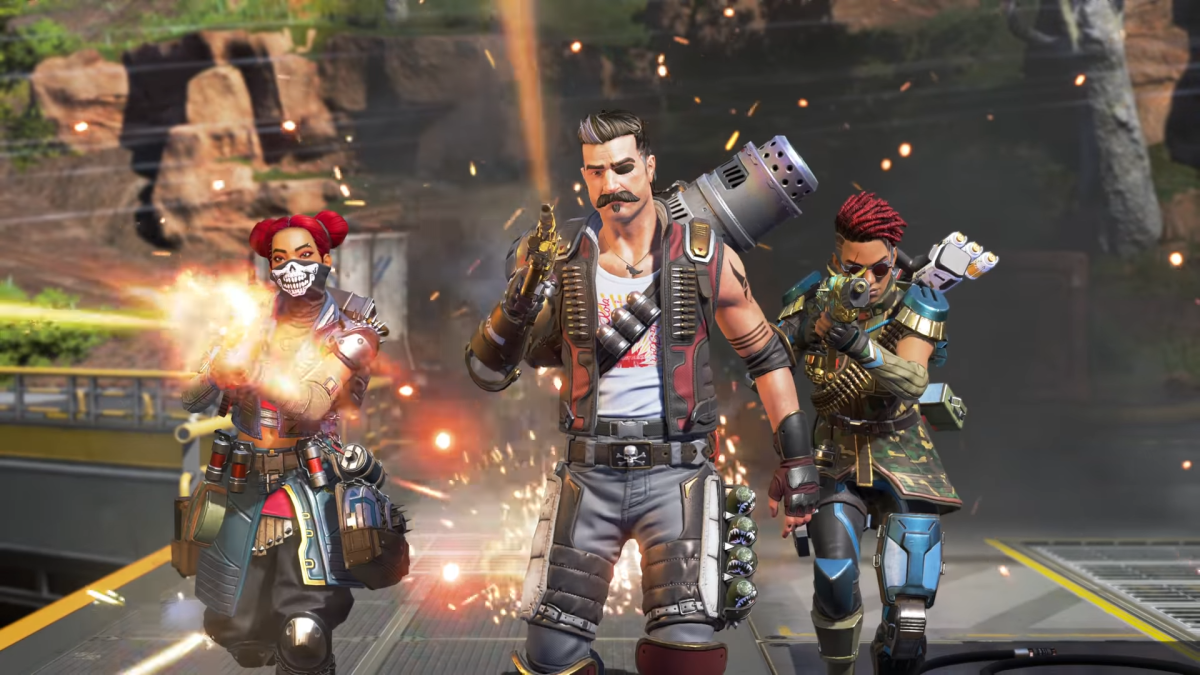
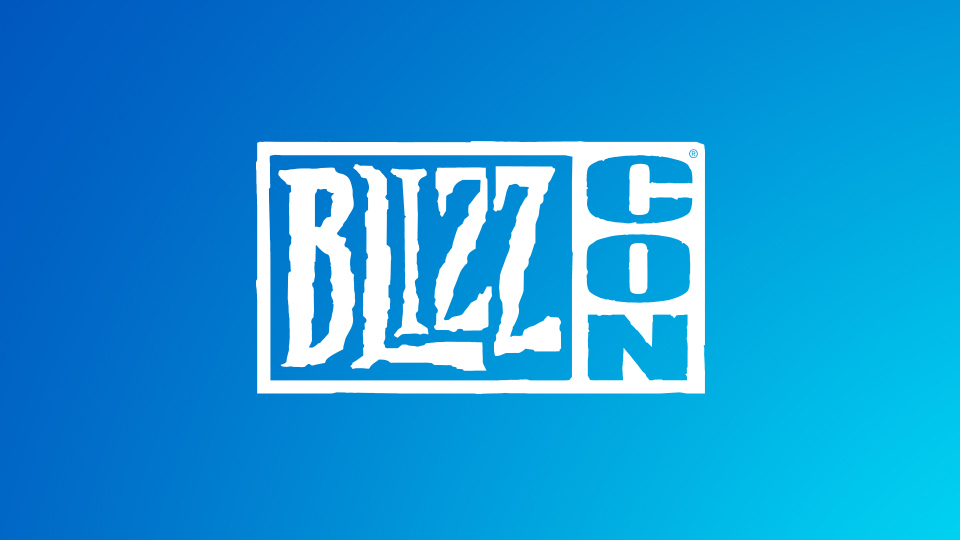
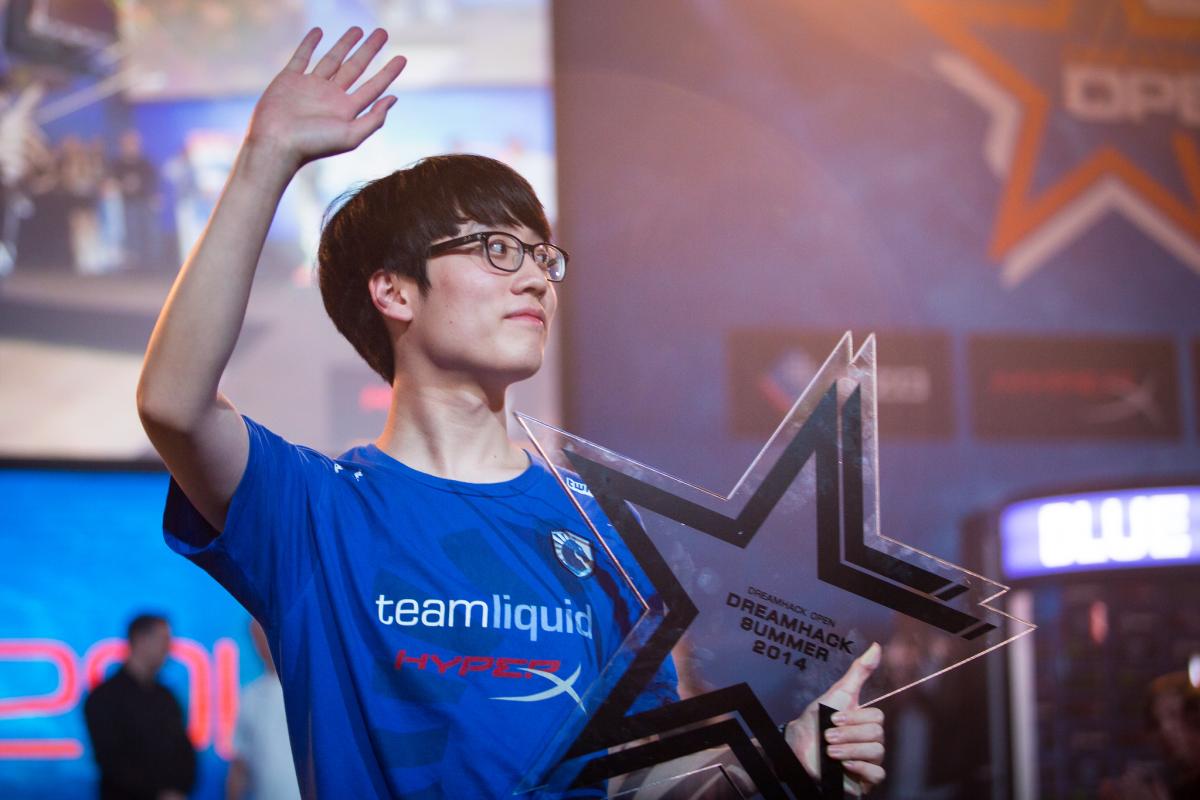
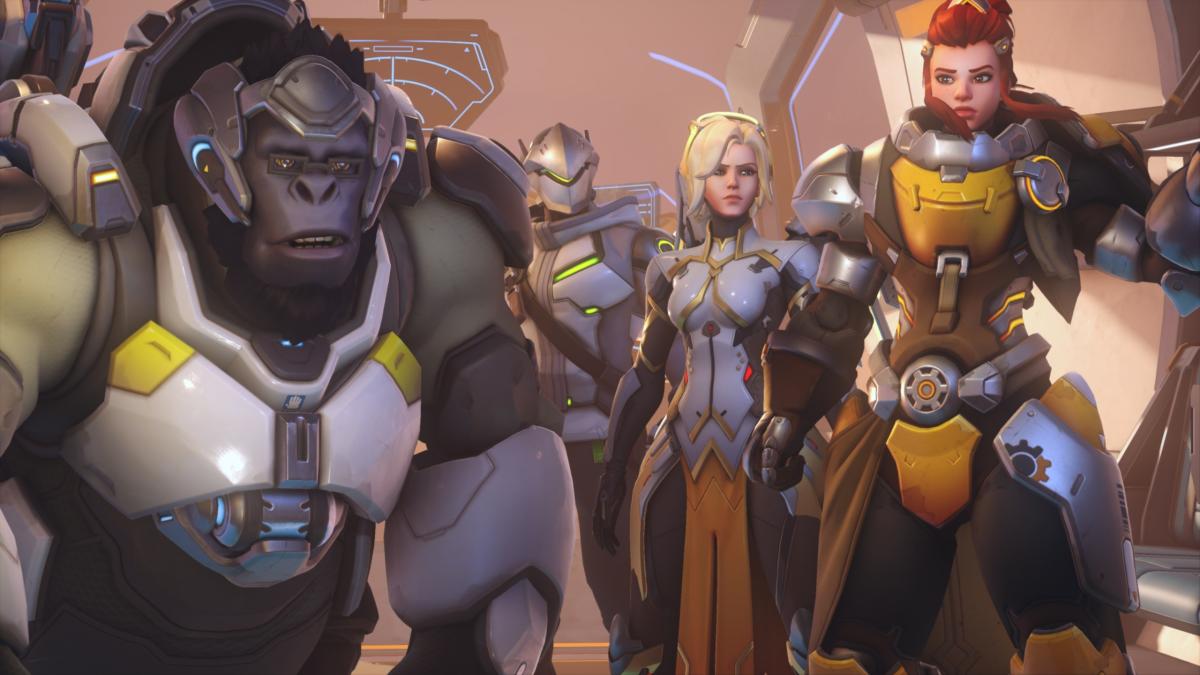
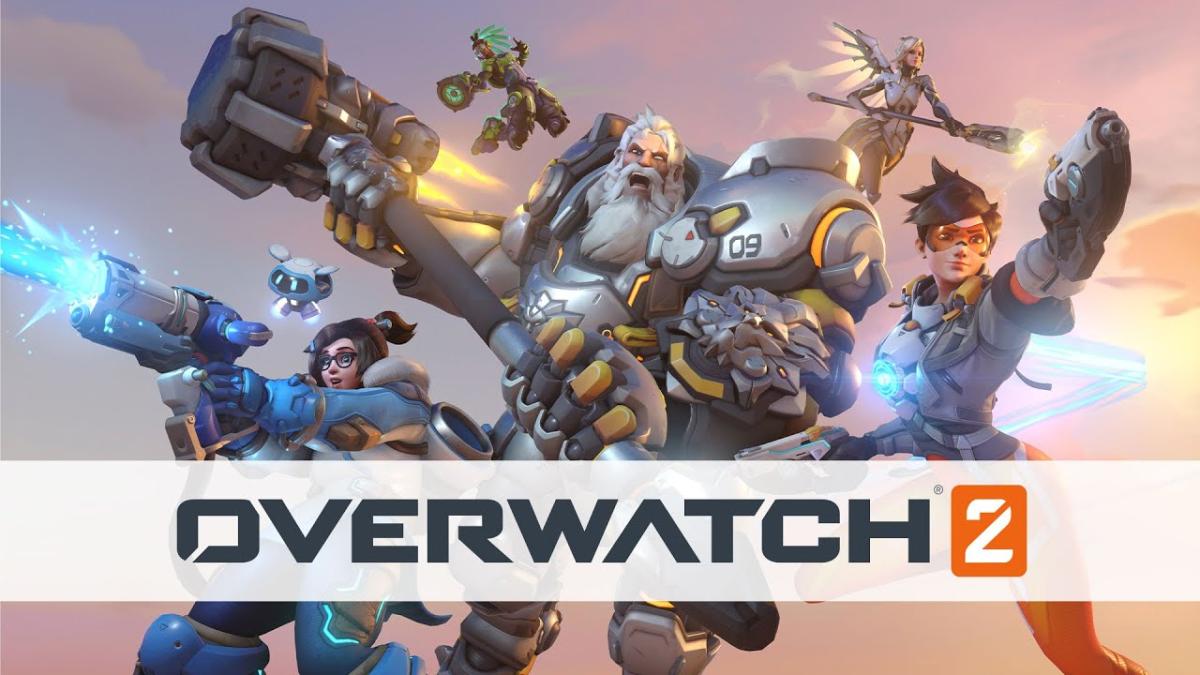
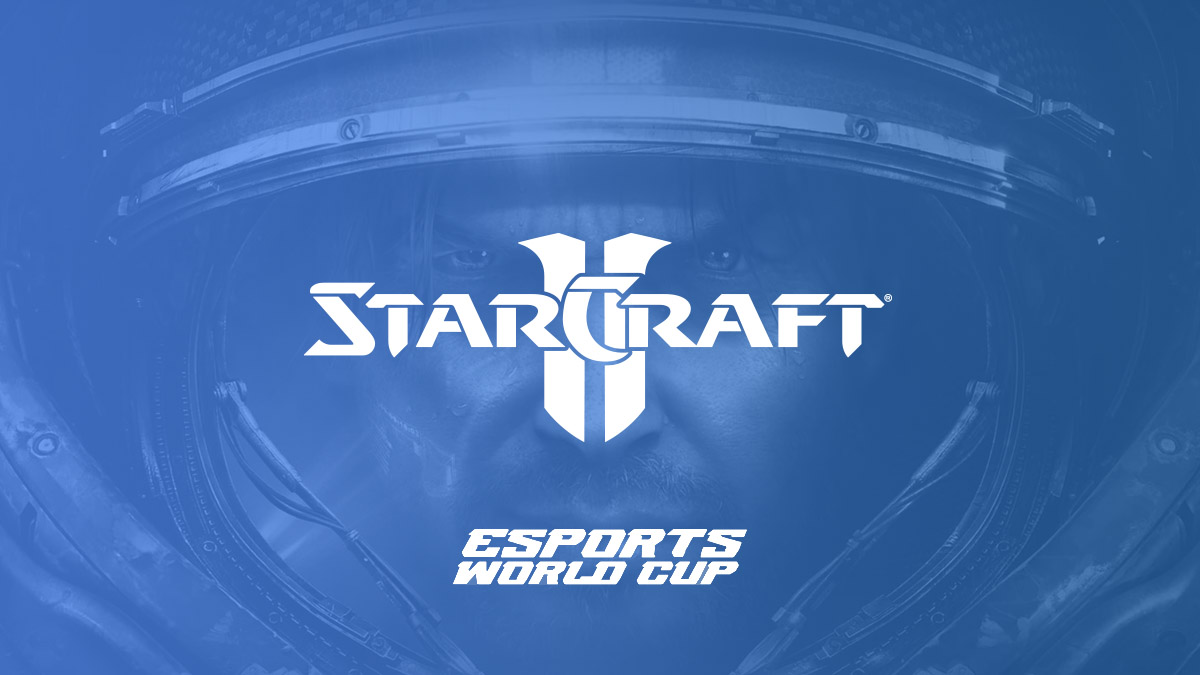
Published: Jan 14, 2015 10:41 am